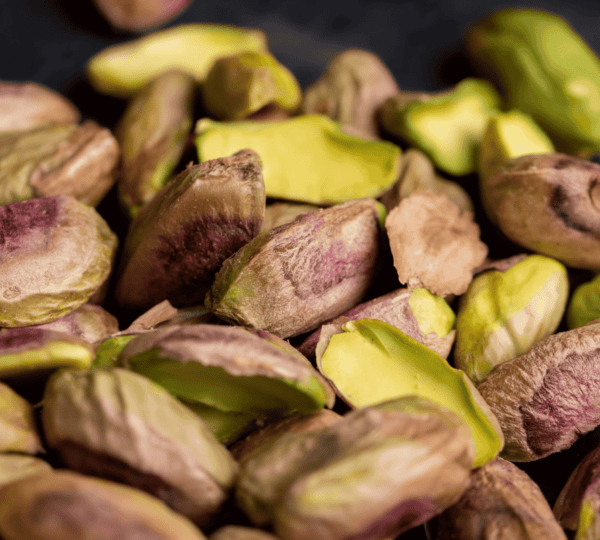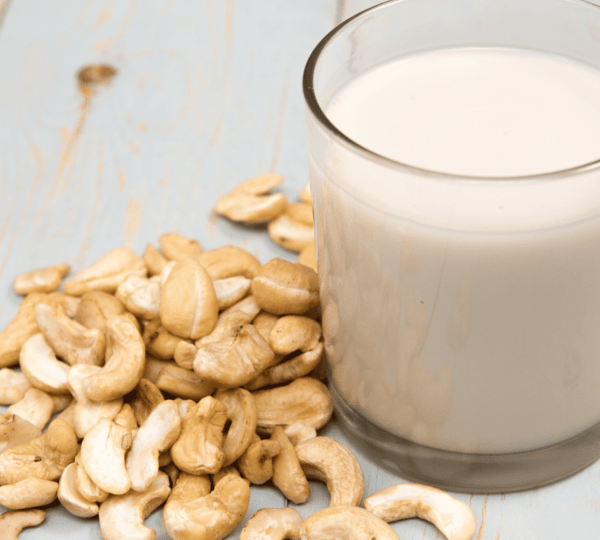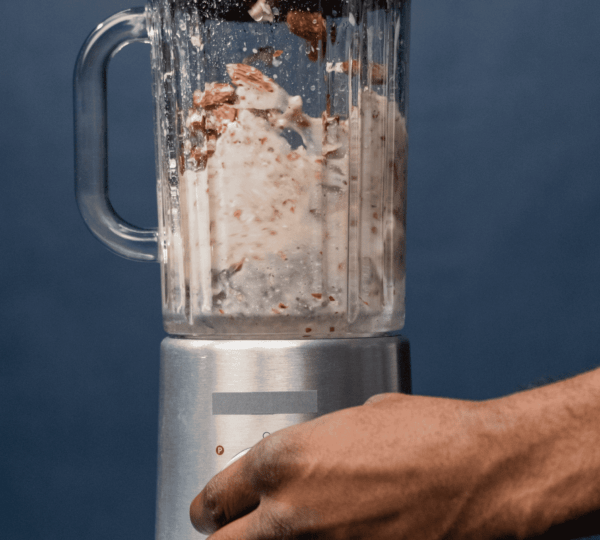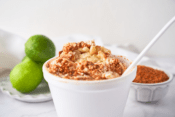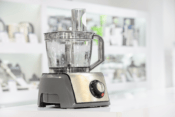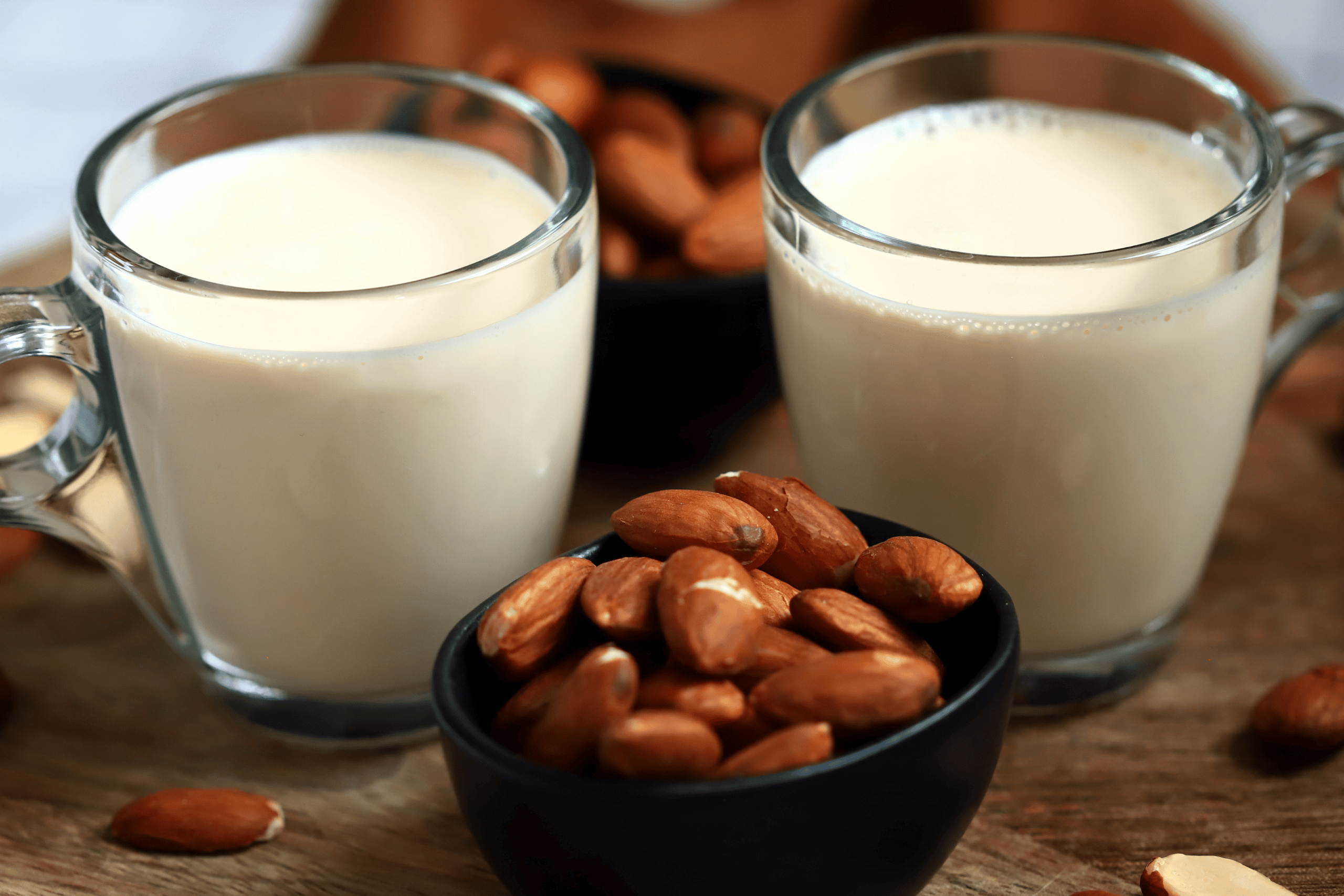
How to Make Your Own Nut Milk at Home: A Complete Guide
My first time trying almond milk was a revelation. I had always been a regular dairy drinker, never questioning my morning routine of pouring cow’s milk into my coffee or cereal. But one day, out of curiosity, I grabbed a carton of almond milk from the grocery store. The first sip was unexpected—light, slightly nutty, and surprisingly smooth. It made me wonder what else I had been missing out on.
That curiosity led me to try making my own nut milk at home. At first, I assumed it would be complicated, but to my surprise, it was one of the easiest DIY kitchen projects I had ever attempted. With just a handful of nuts, water, and a blender, I could create fresh, creamy milk without any additives or preservatives.
It’s also a fantastic way to control the ingredients and ensure you’re getting the freshest, most nutritious beverage possible. So, whether you’re dealing with dietary restrictions, looking for a more sustainable option, or simply curious about the process, this guide will walk you through everything you need to know about making your own nut milks at home.
The Perks Beyond the Pour
Before we dive into the how-to, let’s talk about the why. Why should you bother making your own nut milk when you can easily buy it at the store? According to Harvard T.H. Chan School of Public Health, many commercial nut milks contain added sugars, thickeners, and preservatives that may not be ideal for a healthy diet. Making your own gives you complete control over the ingredients and ensures a fresher, cleaner product.
Freshness and Flavor: Homemade nut milk tastes infinitely better than most store-bought varieties. Research published in the Journal of Food Science highlights how freshly made plant-based milks retain more natural flavors and nutrients compared to commercially processed versions.
Ingredient Control: A study by Consumer Reports found that many store-bought nut milks contain gums and stabilizers like carrageenan, which some research suggests may cause digestive discomfort. Making your own allows you to avoid unwanted additives.
Cost-Effective: While the initial investment in nuts might seem higher, making your own nut milk can be more economical in the long run. According to a report by the USDA, bulk nuts purchased in their raw form can be more cost-effective than regularly buying pre-packaged nut milk.
Sustainability: Many store-bought nut milks come in plastic containers, contributing to environmental waste. According to the Environmental Protection Agency (EPA), food and beverage packaging is one of the largest contributors to plastic waste. Making your own reduces reliance on single-use plastics.
Dietary Needs: Homemade nut milk is a great option for people with lactose intolerance, dairy allergies, or vegan preferences. The National Institutes of Health (NIH) states that nearly 68% of the world’s population has some degree of lactose malabsorption, making dairy alternatives a crucial option.
Fun and Creative: Experimenting with different nuts, flavors, and sweeteners can be a fun and rewarding culinary experience. Research from the American Journal of Lifestyle Medicine suggests that engaging in home cooking can improve dietary habits and increase satisfaction with meals.
The Nutty Professor’s Toolkit: Essential Equipment and Ingredients
Making nut milk doesn’t require a lot of fancy equipment. Here’s what you’ll need:
High-Powered Blender: A good blender ensures a smooth and creamy final product. Consumer Reports suggests that brands like Vitamix and Blendtec are ideal for blending nuts into a fine texture, but any high-speed blender will work.
Nut Milk Bag or Cheesecloth: Used to strain the nut milk and remove any pulp. According to Sustainability Journal, reusable nut milk bags are more environmentally friendly than single-use cheesecloth.
Large Bowl or Container: Essential for soaking the nuts, which softens them and helps release their natural flavors and nutrients. A study in Food Chemistry found that soaking nuts can also reduce antinutrients, improving digestion and nutrient absorption.
Fine-Mesh Sieve (Optional): If you prefer an extra-smooth texture, you can strain the milk through a sieve in addition to using a nut milk bag.
Storage Container: A glass jar or bottle works best for keeping your homemade nut milk fresh. According to the USDA Food Safety and Inspection Service, glass containers help maintain freshness better than plastic, reducing contamination risks.
By using the right tools and high-quality ingredients, you’ll create nut milk that’s not only delicious but also healthier and more sustainable. Now, let’s get started on making your own!
Step-by-Step: How to Make Nut Milk at Home
Step 1: Soak Your Nuts
Soaking is a crucial step because it softens the nuts, making them easier to blend while also reducing phytic acid, an antinutrient that can interfere with mineral absorption.
- Almonds, hazelnuts, walnuts: Soak for 8–12 hours (overnight).
- Cashews, macadamia nuts: Soak for 2–4 hours.
- Brazil nuts: Do not require soaking.
If you’re short on time, soak your nuts in hot water for 30 minutes to speed up the process.
Step 2: Blend
Drain and rinse the soaked nuts, then add them to your blender along with 4 cups of filtered water. Blend on high for 60–90 seconds until the mixture is smooth and creamy.
If you’d like to flavor your nut milk, now’s the time to add:
- 1 tsp vanilla extract (for a classic flavor)
- 1–2 pitted dates or 1 tbsp maple syrup (for sweetness)
- A pinch of sea salt (to enhance flavor)
Step 3: Strain
Place a nut milk bag or a few layers of cheesecloth over a large bowl or pitcher. Pour the blended mixture through the bag, squeezing to extract as much liquid as possible.
What’s left inside the bag is nut pulp, which can be repurposed for baking, smoothies, or homemade granola.
Step 4: Store & Enjoy
Transfer your freshly made nut milk to an airtight glass container and refrigerate for up to 5 days. Shake well before using, as separation is natural.
Flavor Variations & Fun Twists
Once you master the basic recipe, experiment with these fun variations:
- Chocolate Nut Milk: Add 1 tbsp cocoa powder and a dash of cinnamon.
- Strawberry Nut Milk: Blend in ½ cup of fresh strawberries.
- Turmeric Nut Milk: Add ½ tsp turmeric, ¼ tsp cinnamon, and a pinch of black pepper for an anti-inflammatory boost.
Expert Tips for the Best Nut Milk
Dr. Lisa Richards, a nutritionist and author of The Candida Diet, shares this tip:
“For creamier nut milk, reduce the water-to-nut ratio. Using 3 cups of water instead of 4 results in a richer, barista-style milk perfect for lattes.”
According to Bon Appétit, cashews make the creamiest nut milk because they blend into a smooth consistency without needing to be strained.
Common Questions About Homemade Nut Milk
- Can I use roasted nuts instead of raw nuts?
Yes, but the flavor will be different. Roasted nuts give a deeper, toasty taste but might not blend as smoothly as raw nuts. - How can I make my nut milk frothy for coffee?
Use a nut milk frother or blend it with a small amount of coconut cream for extra frothiness. - Can I freeze homemade nut milk?
Yes! Freeze in an ice cube tray, then transfer to a container. Thaw as needed.
Final Thoughts
Making nut milk at home is easier than most people think. With just nuts, water, and a blender, you can create fresh, preservative-free nut milk that’s healthier, tastier, and more sustainable. Plus, it’s a great way to customize flavors to your liking.
Why not give it a try this week? You might never go back to store-bought nut milk again!
References:
- Harvard T.H. Chan School of Public Health – Discusses additives in commercial plant-based milks and their impact on health.
- Journal of Food Science – Research on how homemade plant-based milks retain more nutrients and flavors compared to store-bought versions.
- Consumer Reports – Study on the presence of stabilizers and gums in commercial nut milks and their potential effects on digestion.
- United States Department of Agriculture (USDA) – Cost analysis of buying bulk nuts versus pre-packaged nut milk.
- Environmental Protection Agency (EPA) – Data on plastic waste from food packaging.
- National Institutes of Health (NIH) – Reports on lactose malabsorption and its prevalence worldwide.
- American Journal of Lifestyle Medicine – Study on how home cooking improves dietary habits and meal satisfaction.
- Sustainability Journal – Comparison of reusable nut milk bags versus disposable cheesecloth.
- Food Chemistry Journal – Research on how soaking nuts improves digestion by reducing antinutrients.
- USDA Food Safety and Inspection Service – Insights on why glass storage is safer for food preservation.

